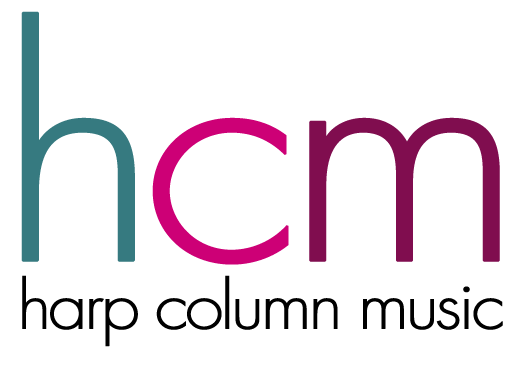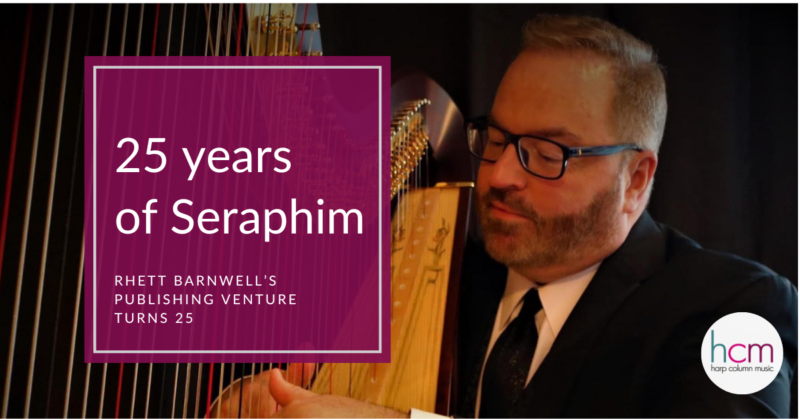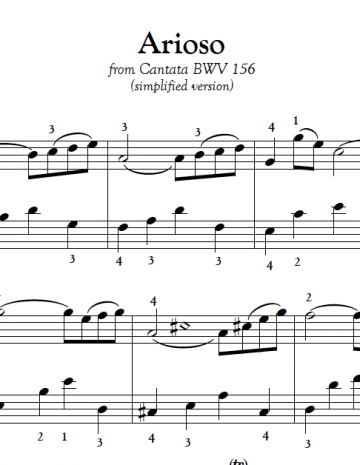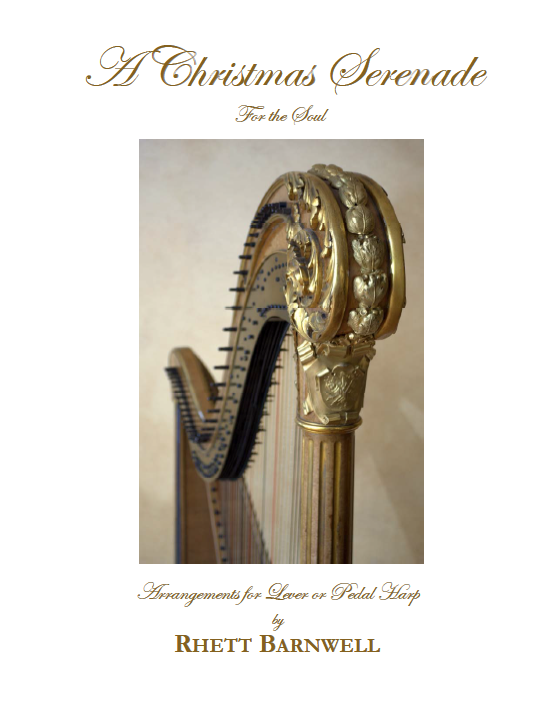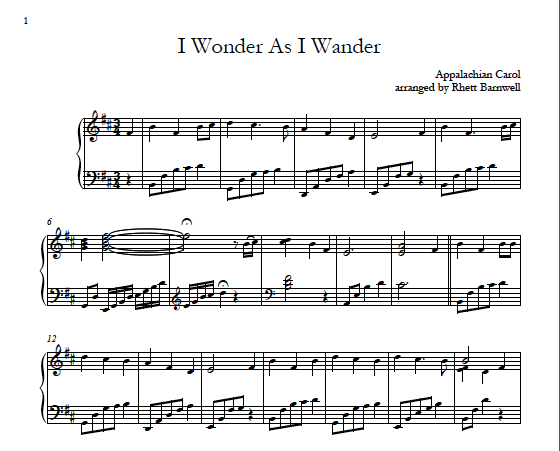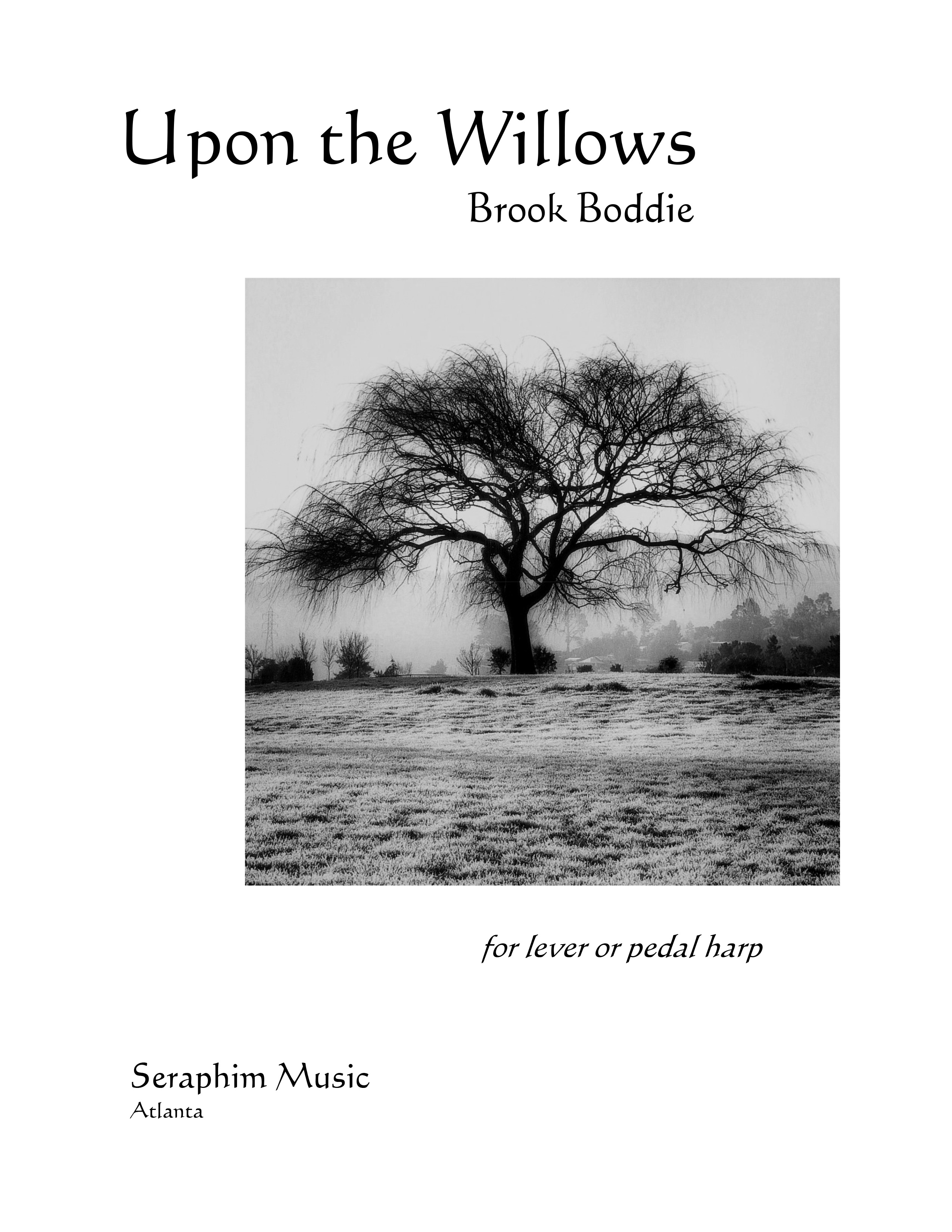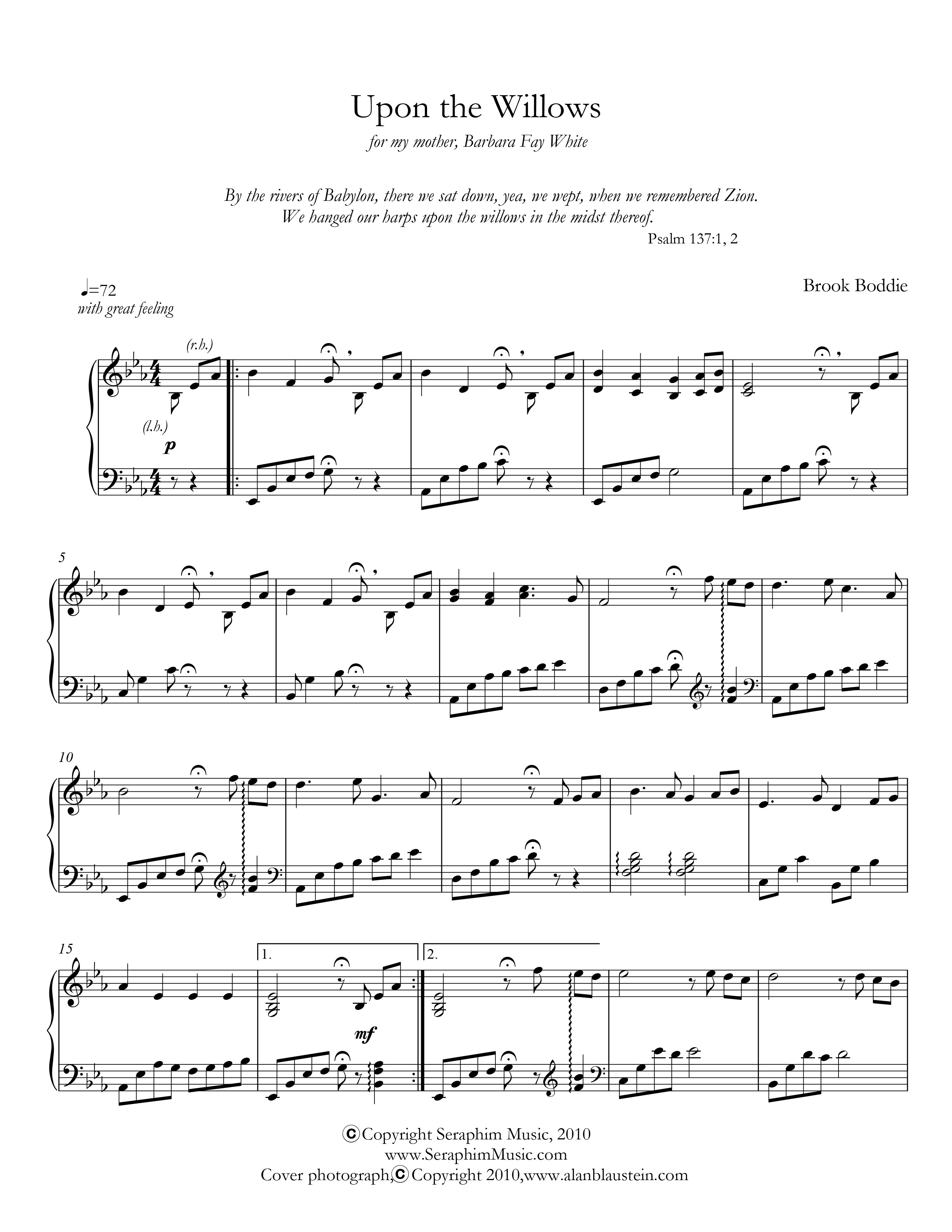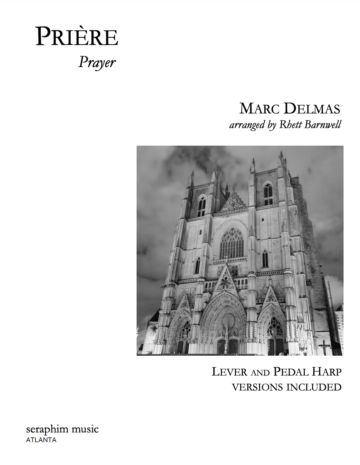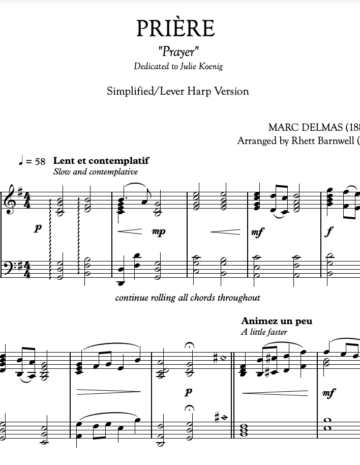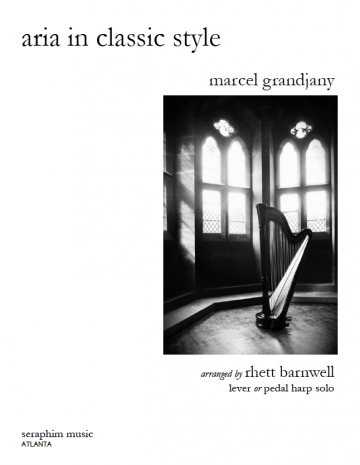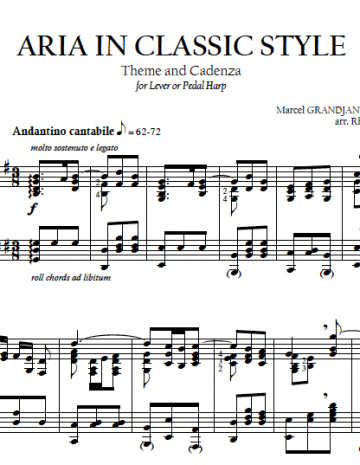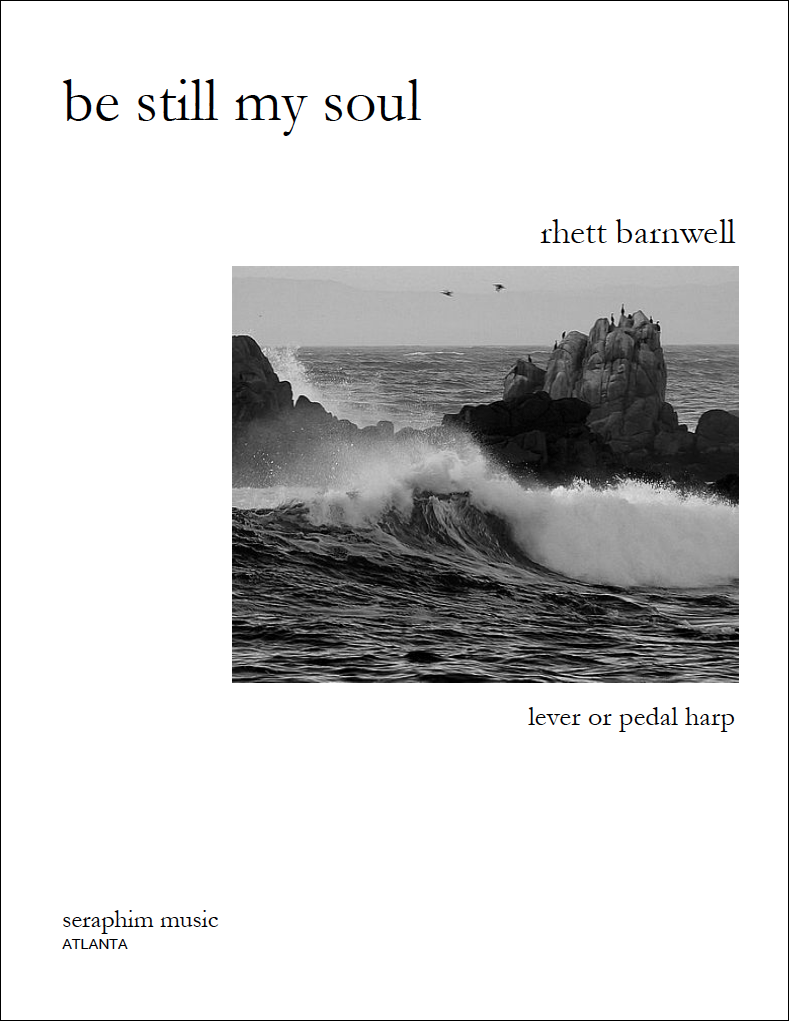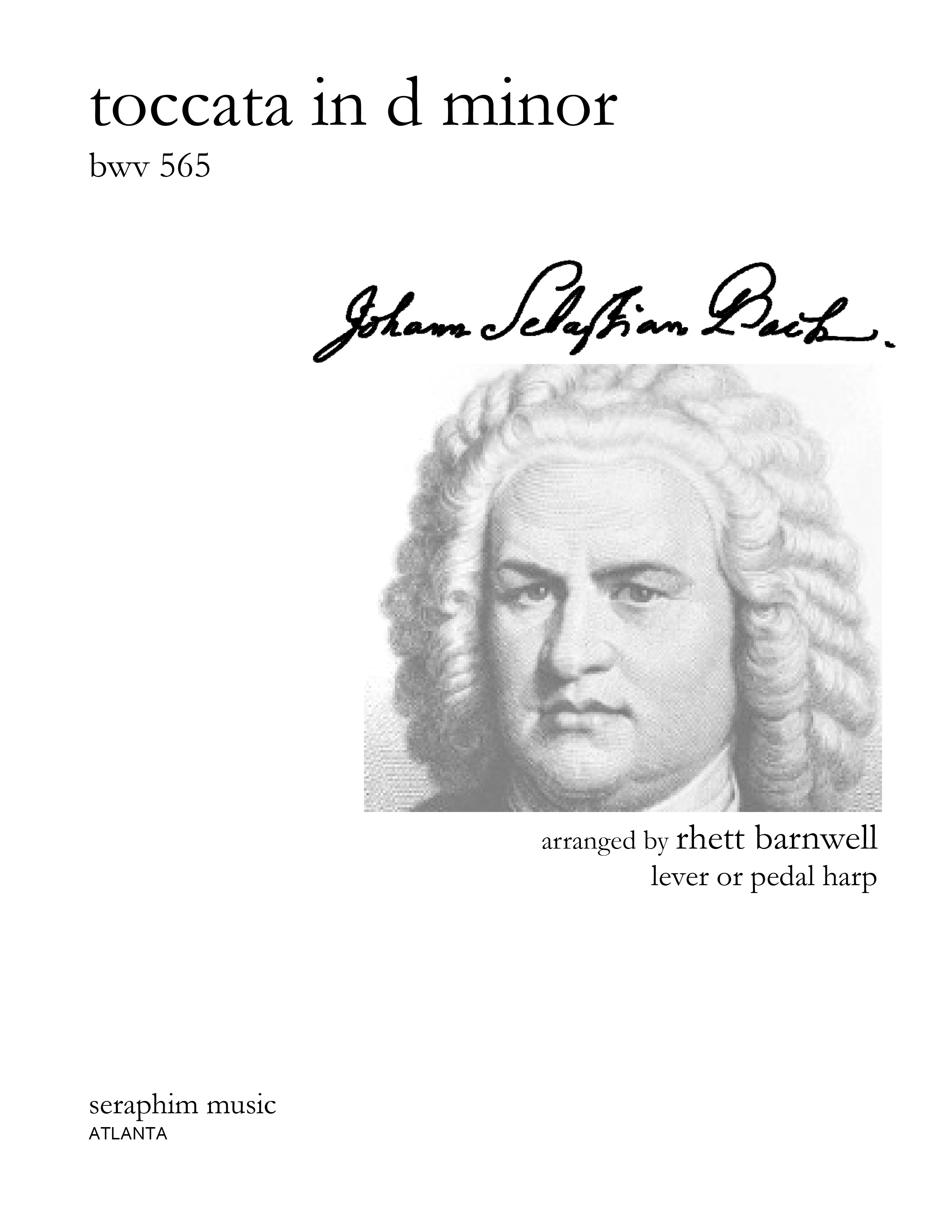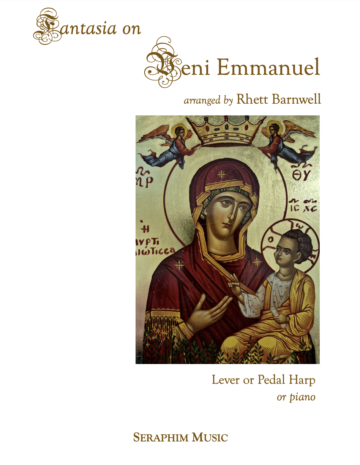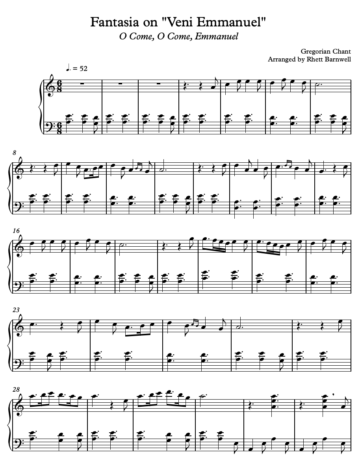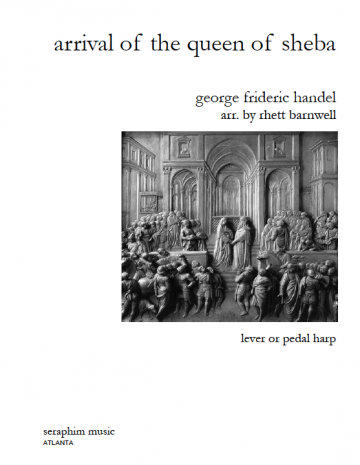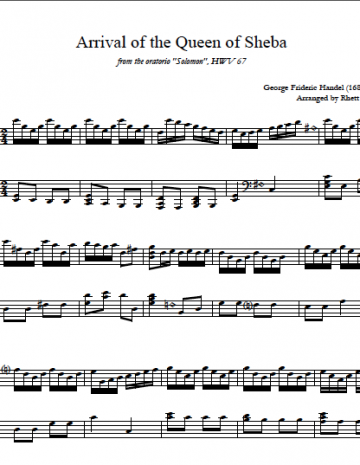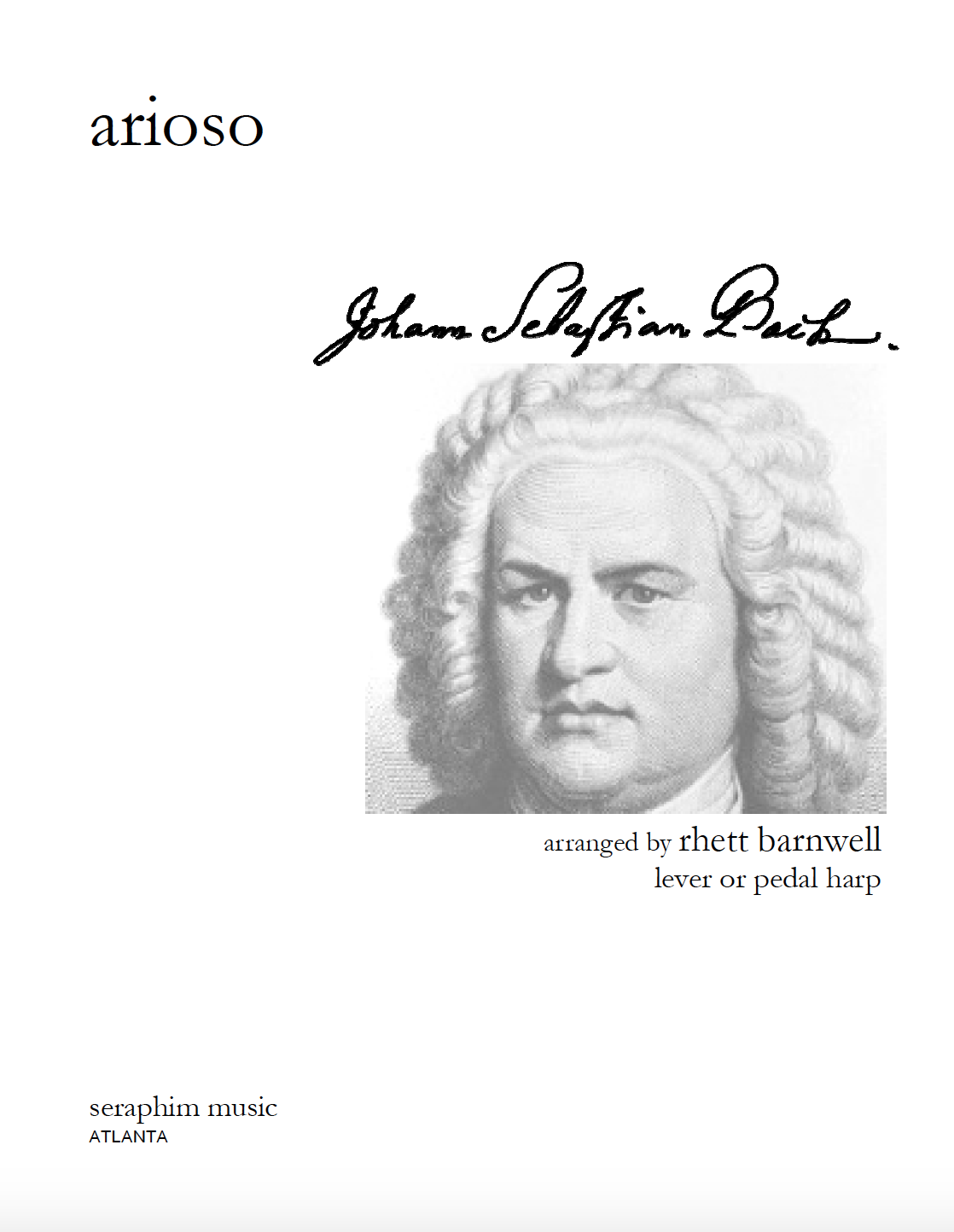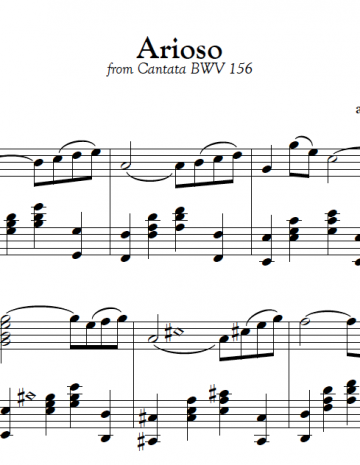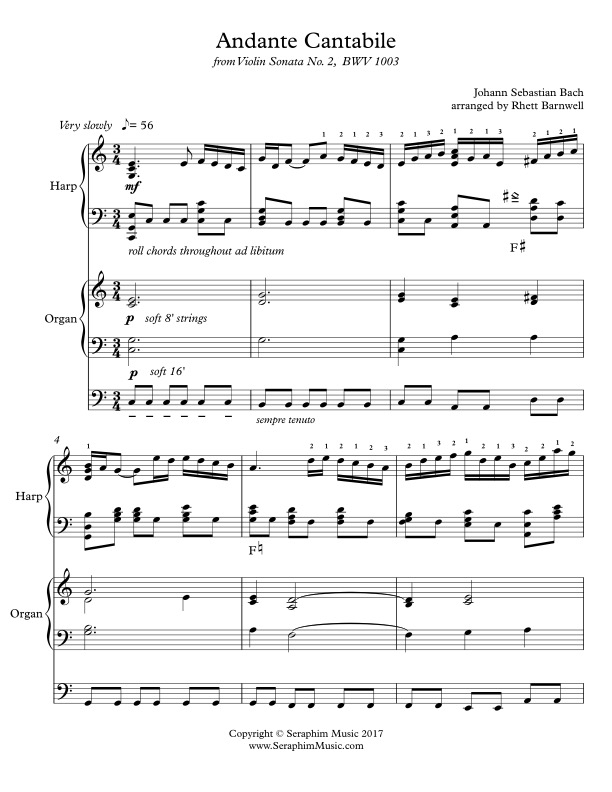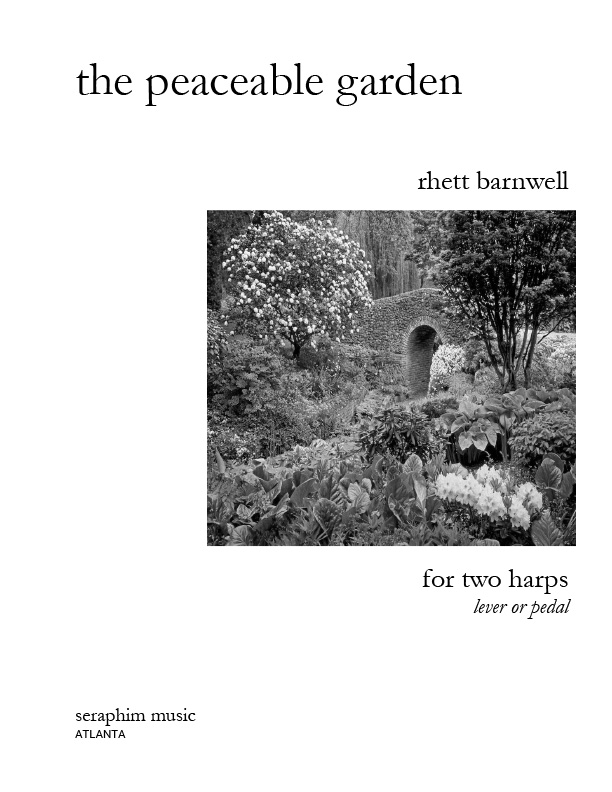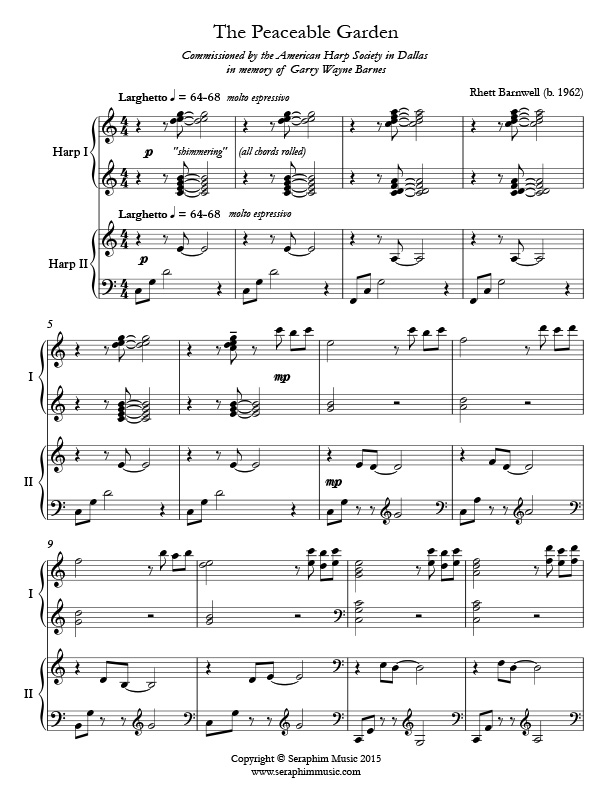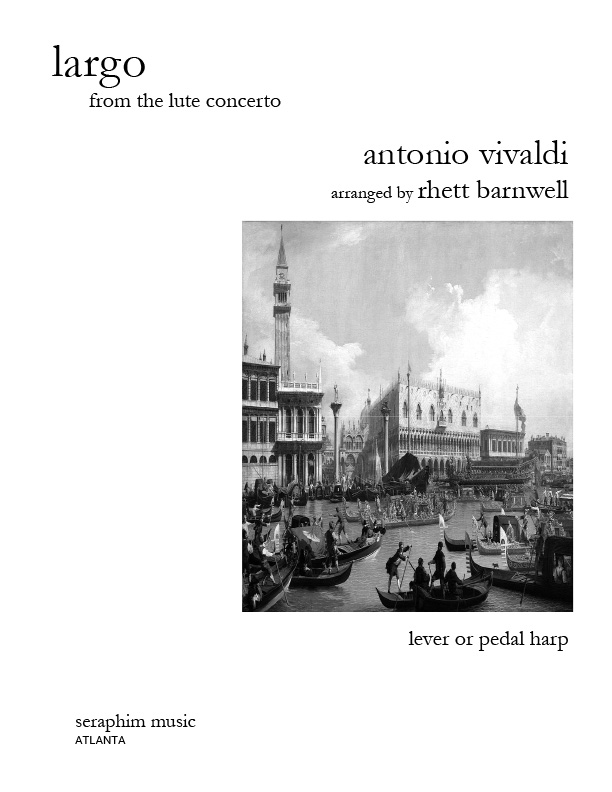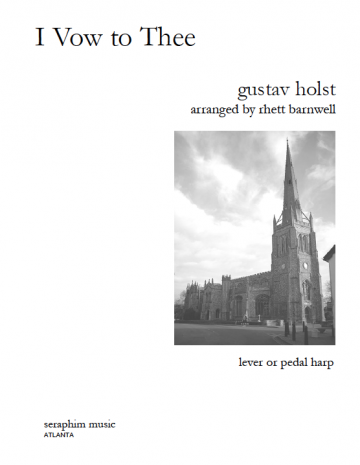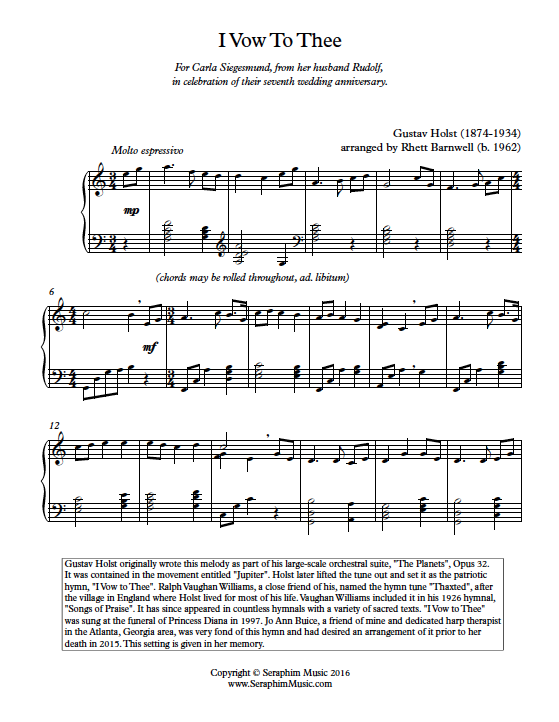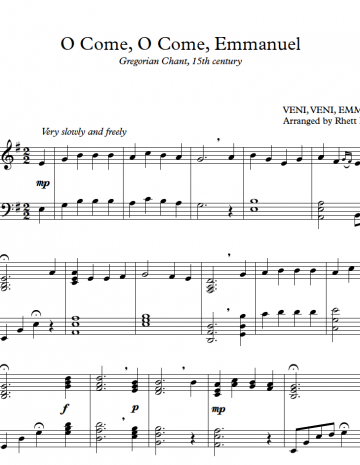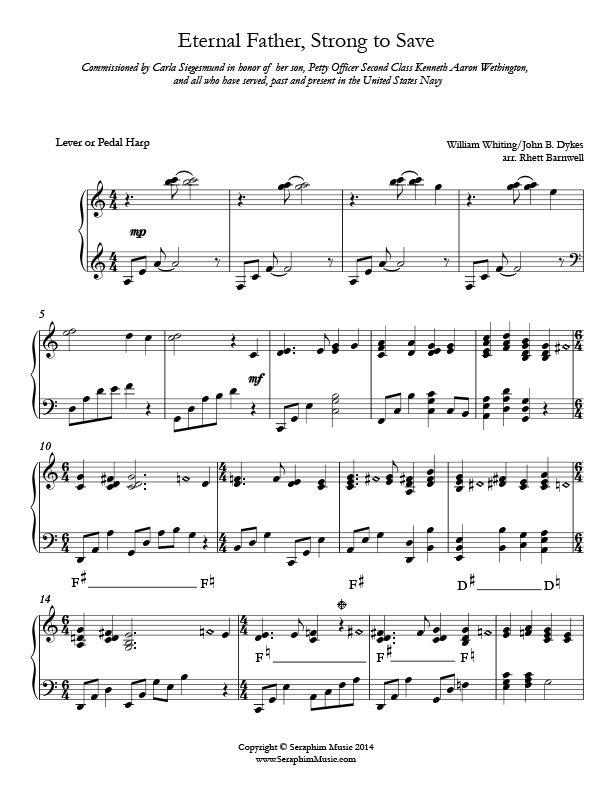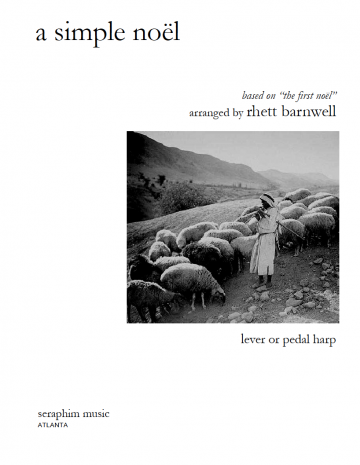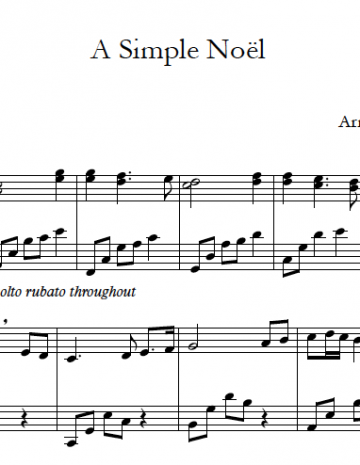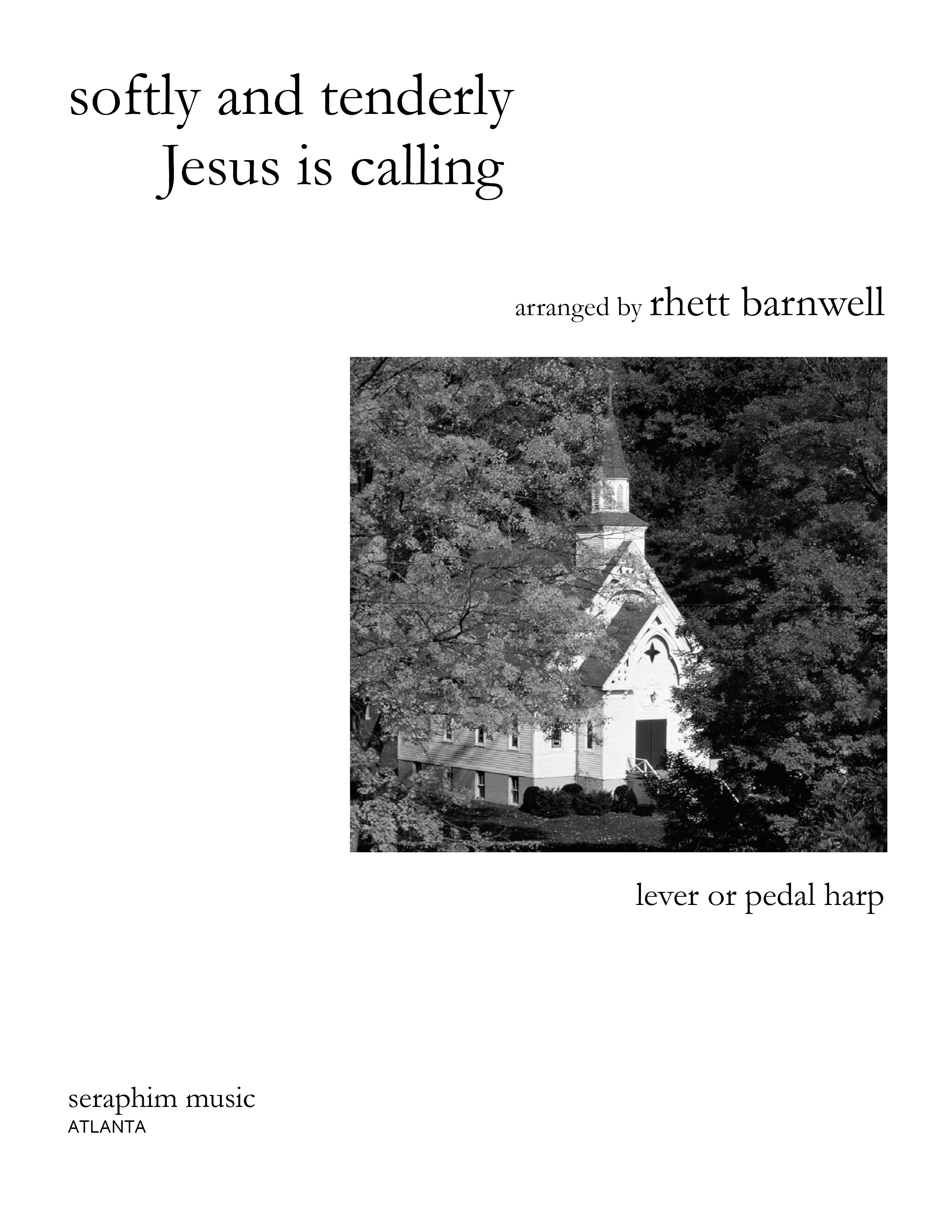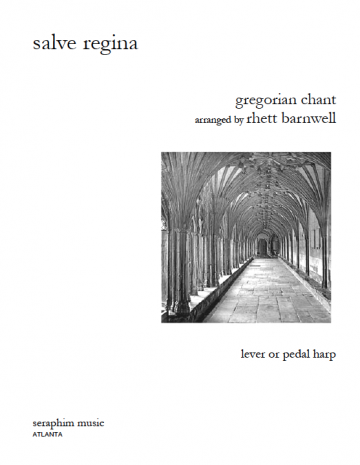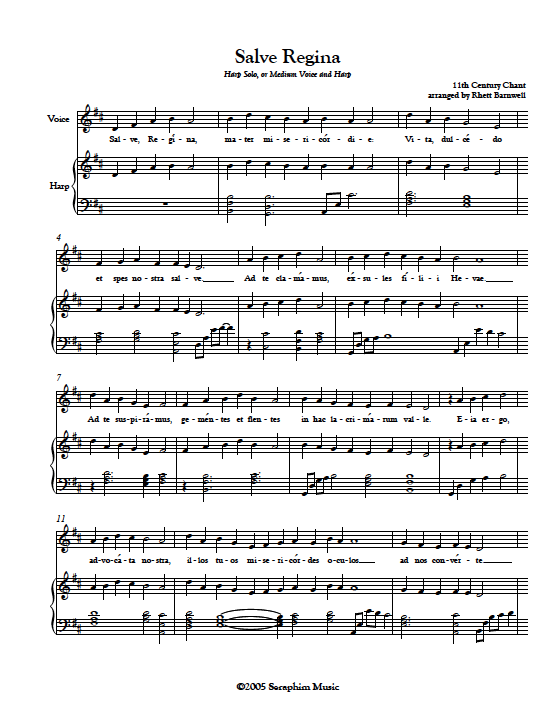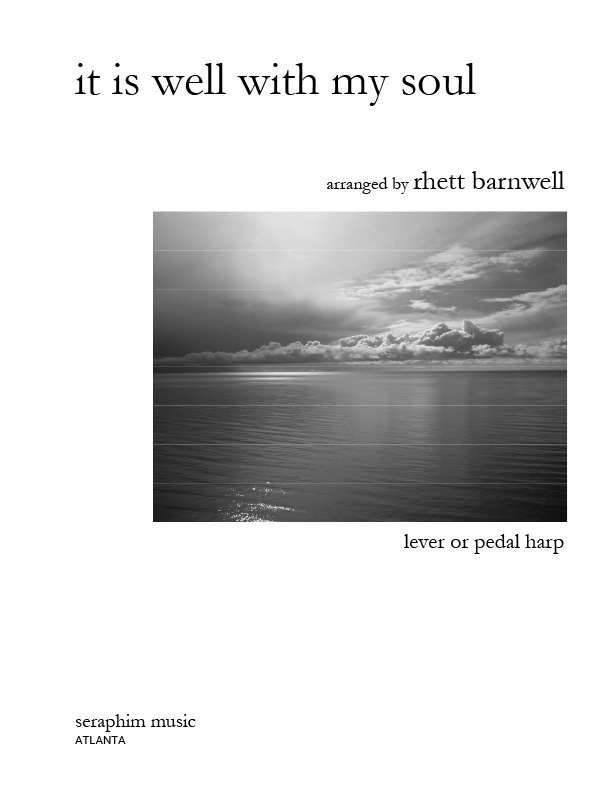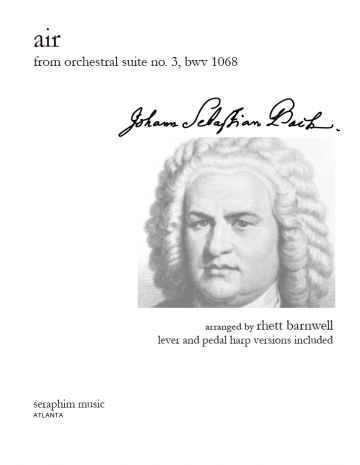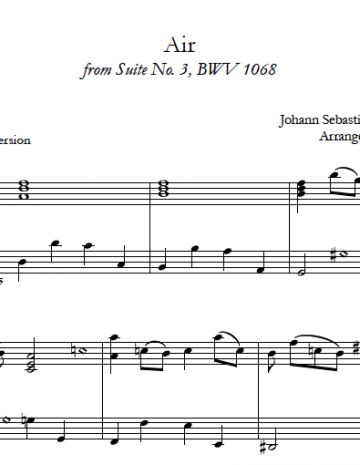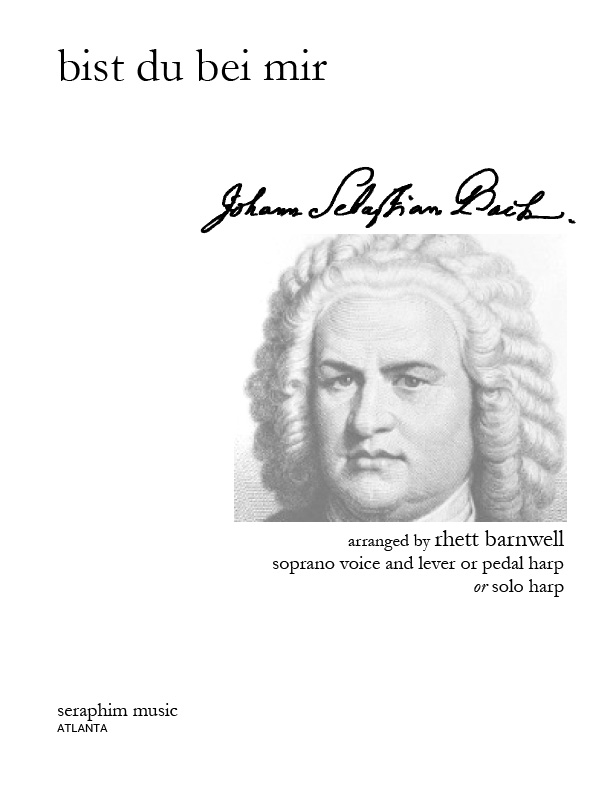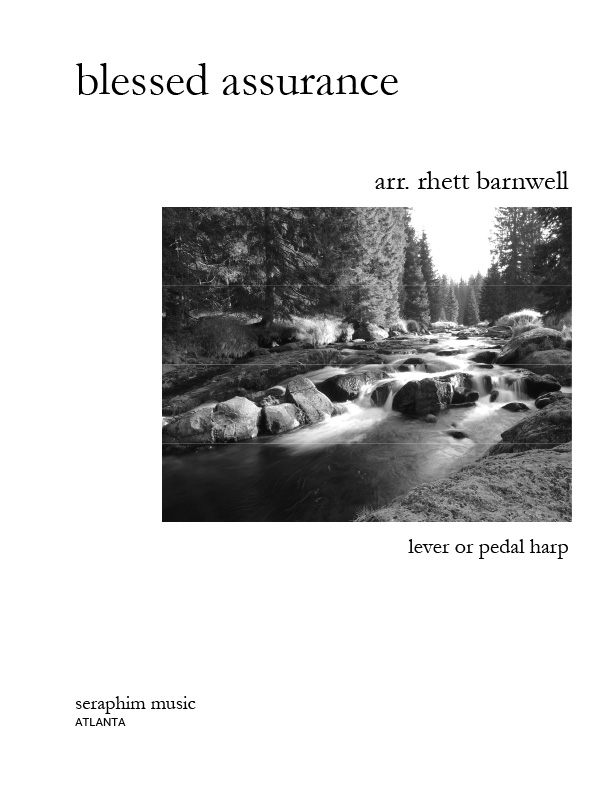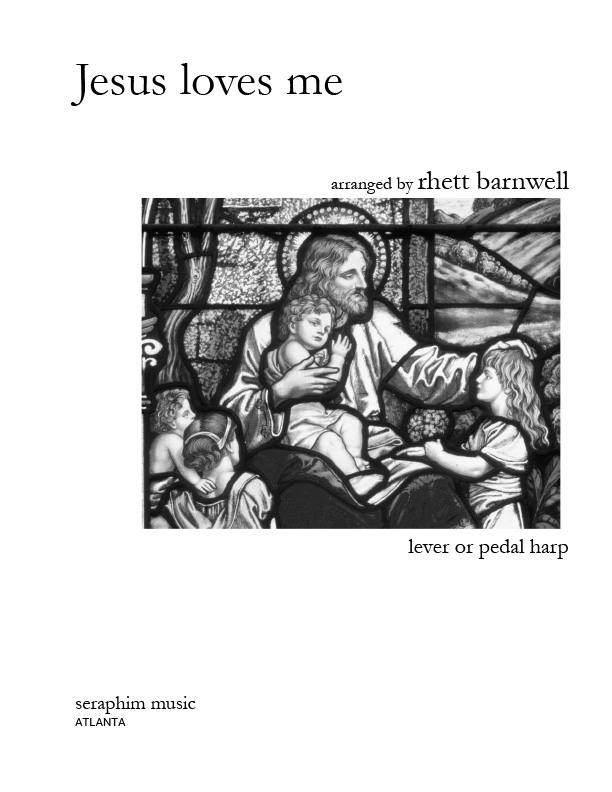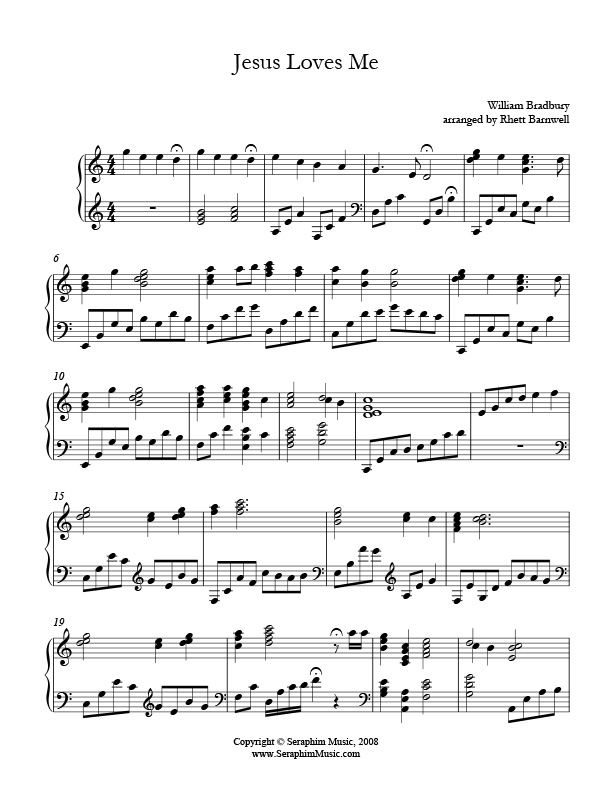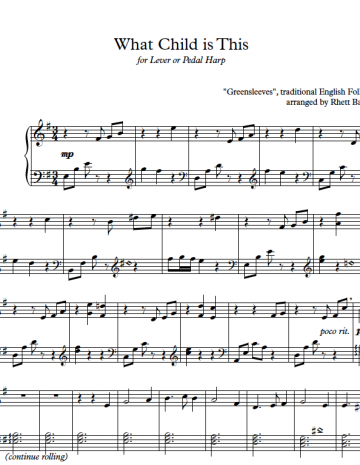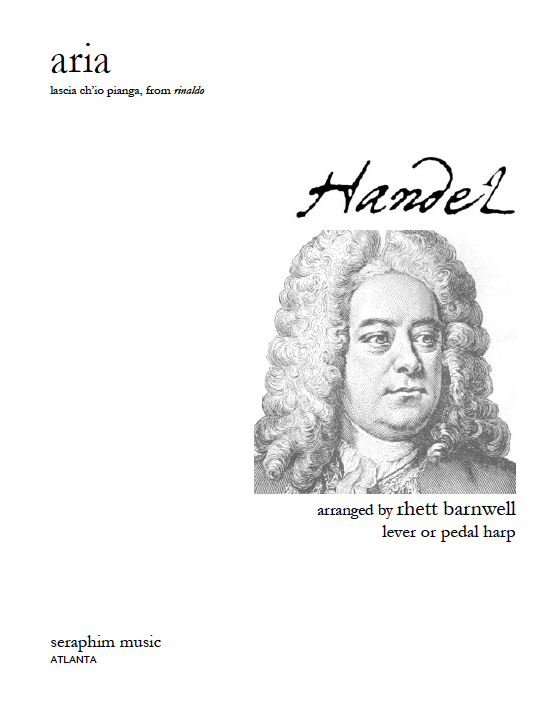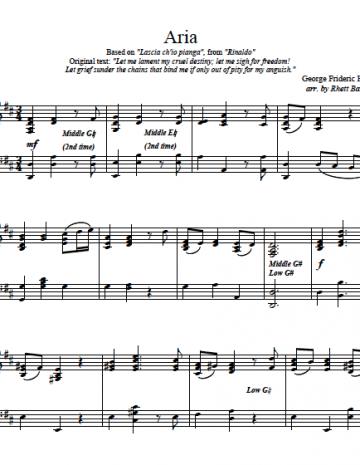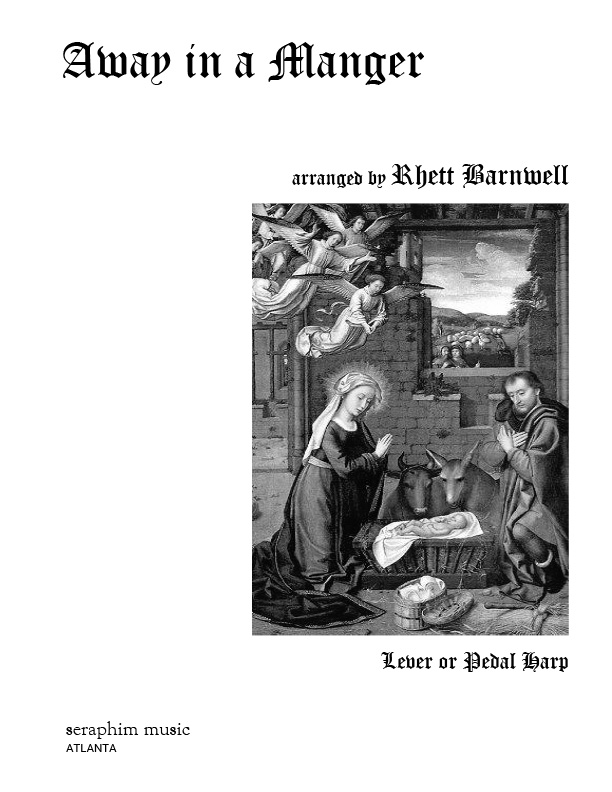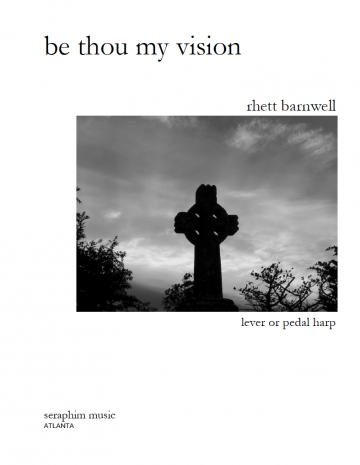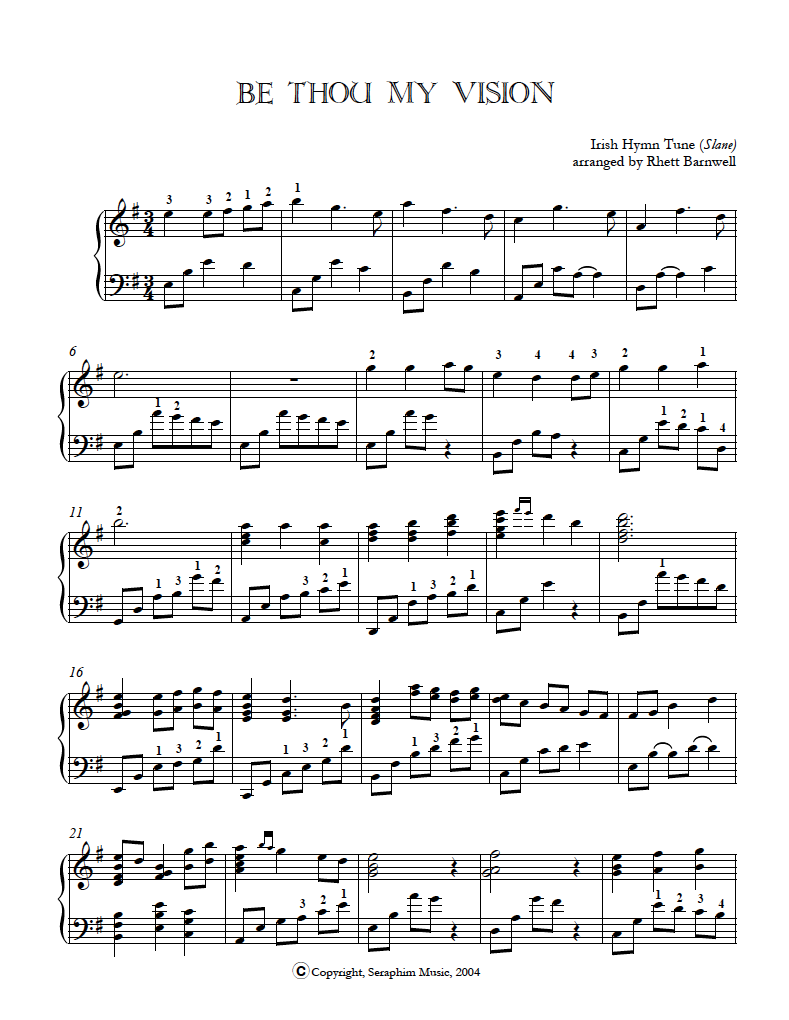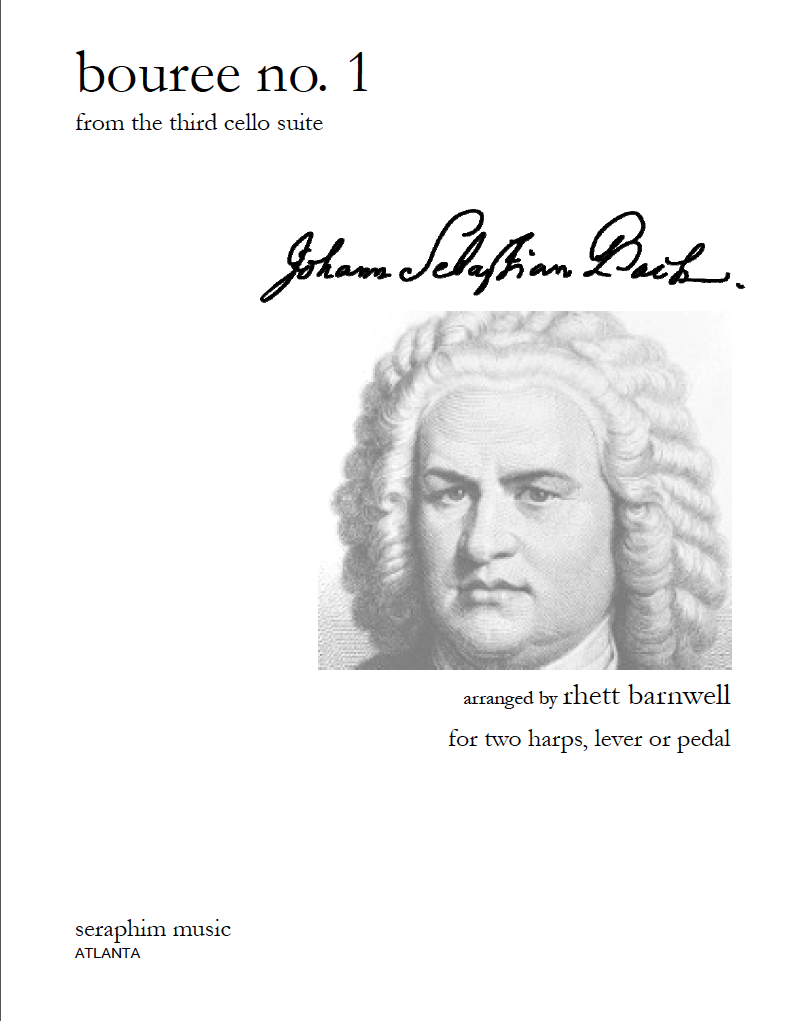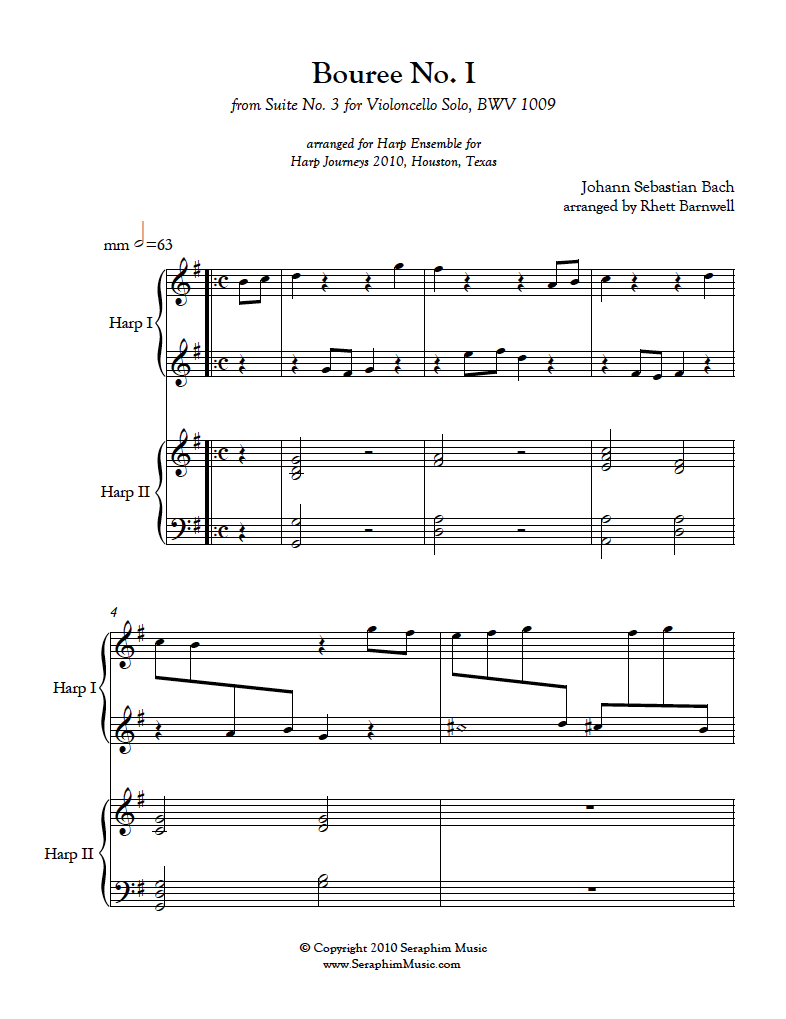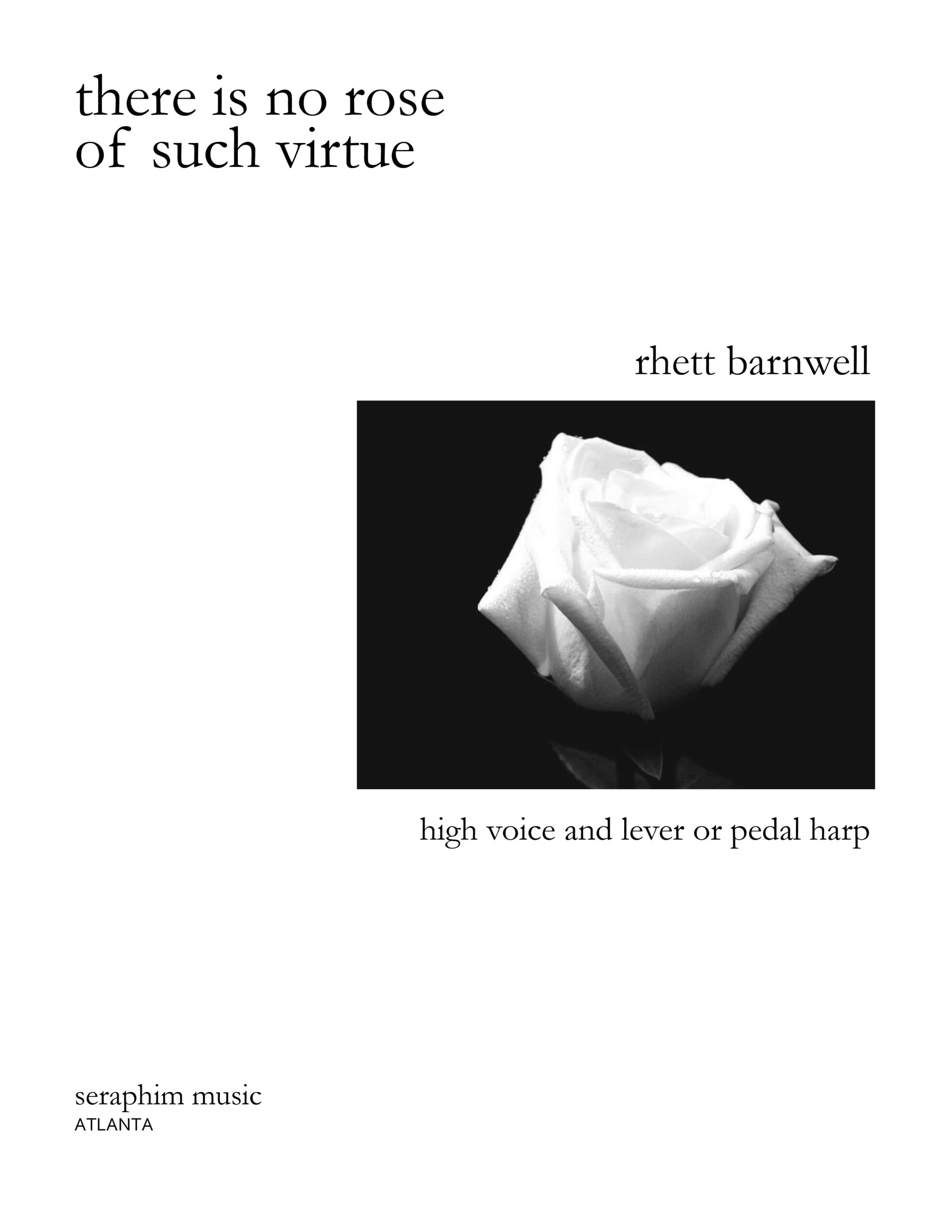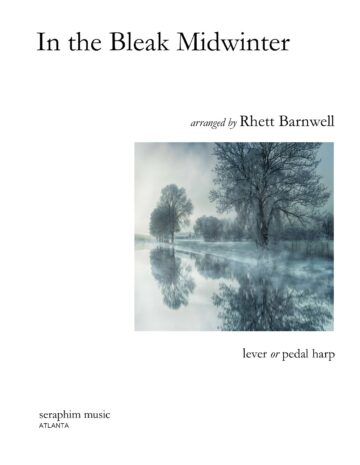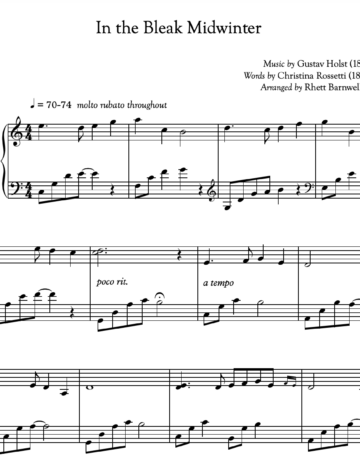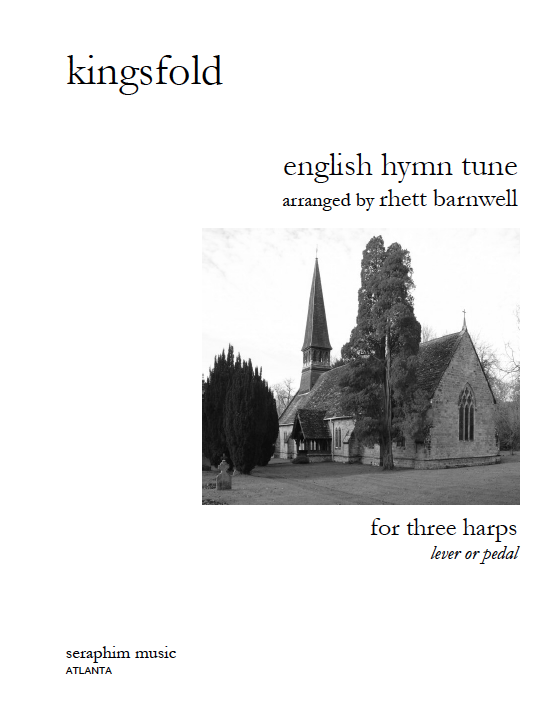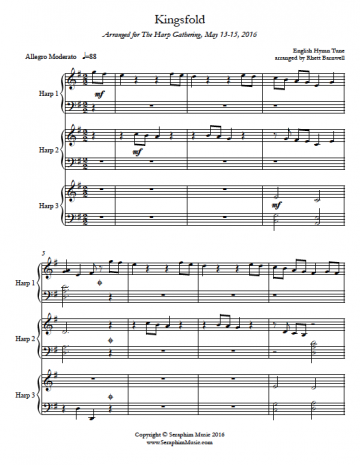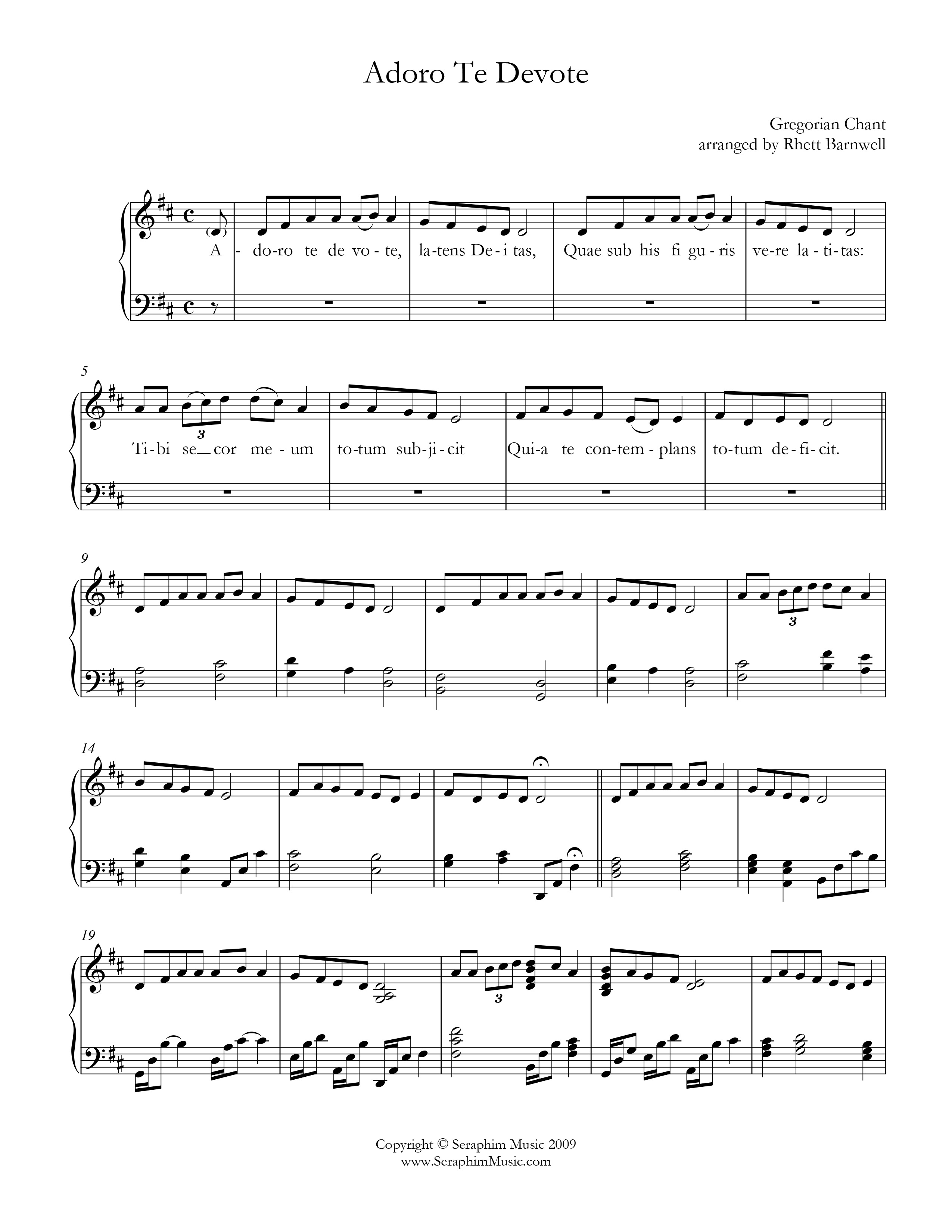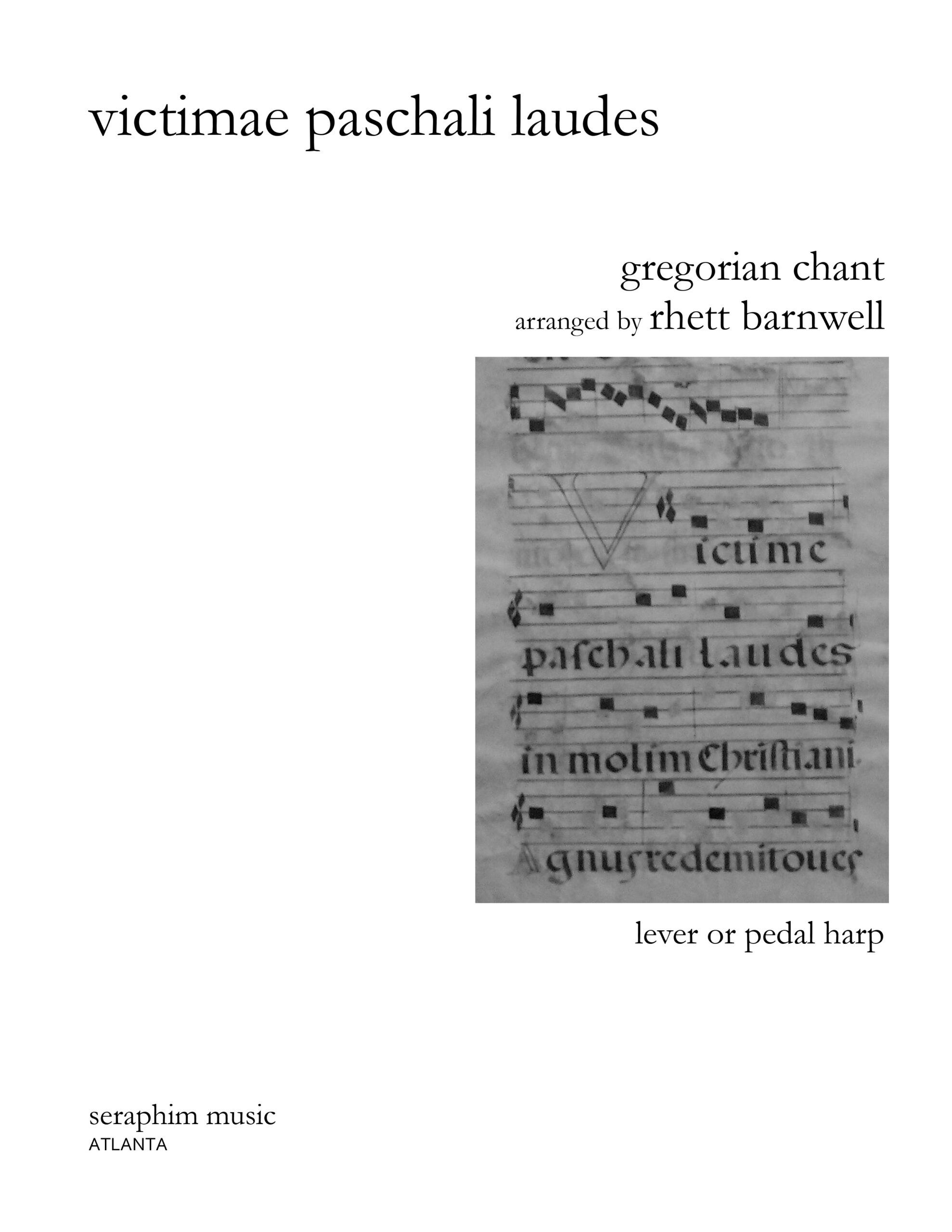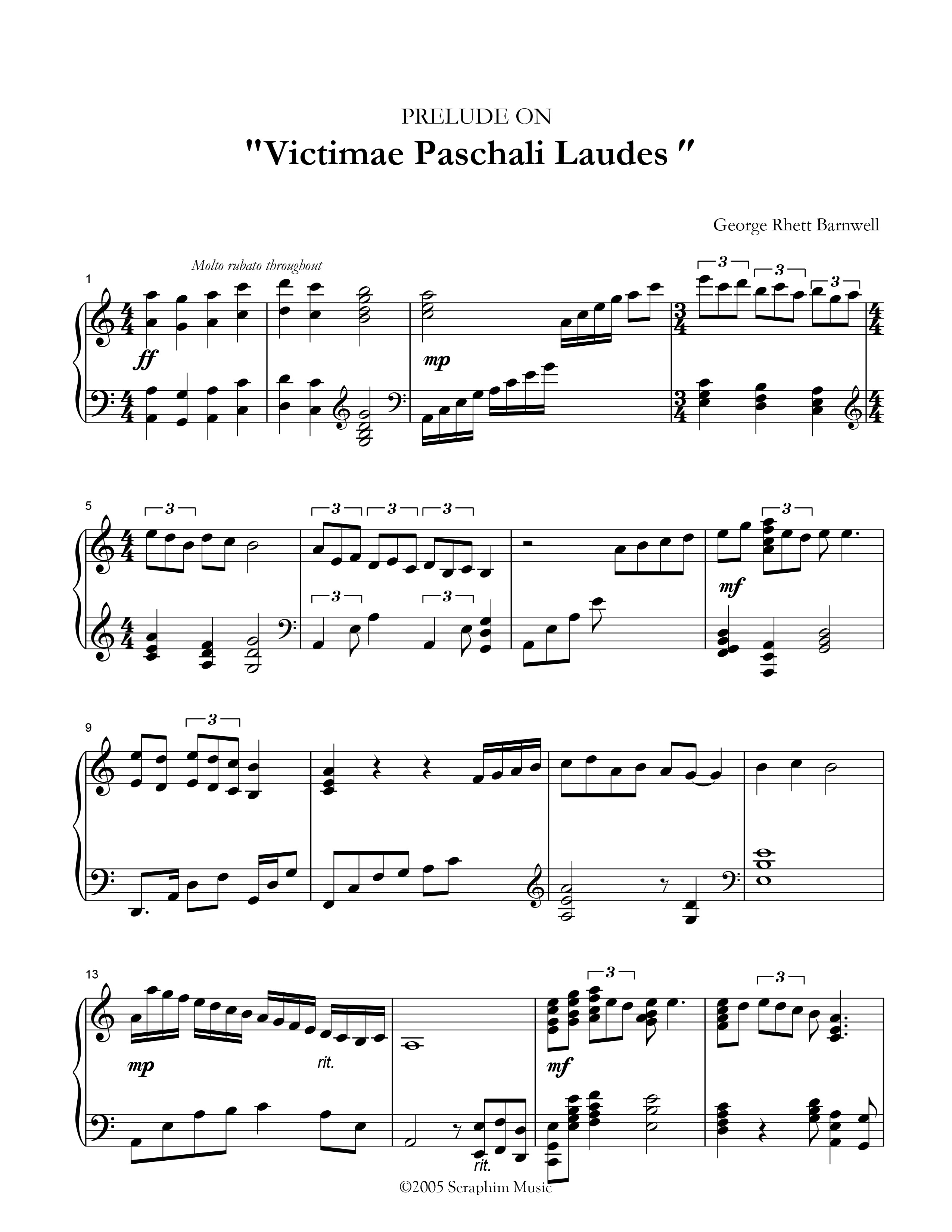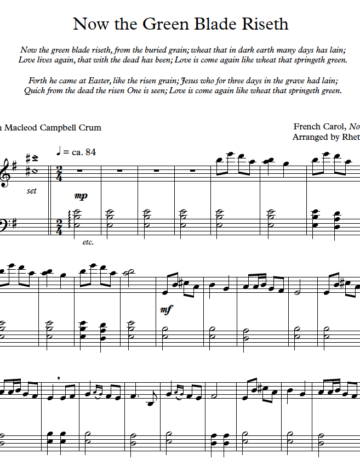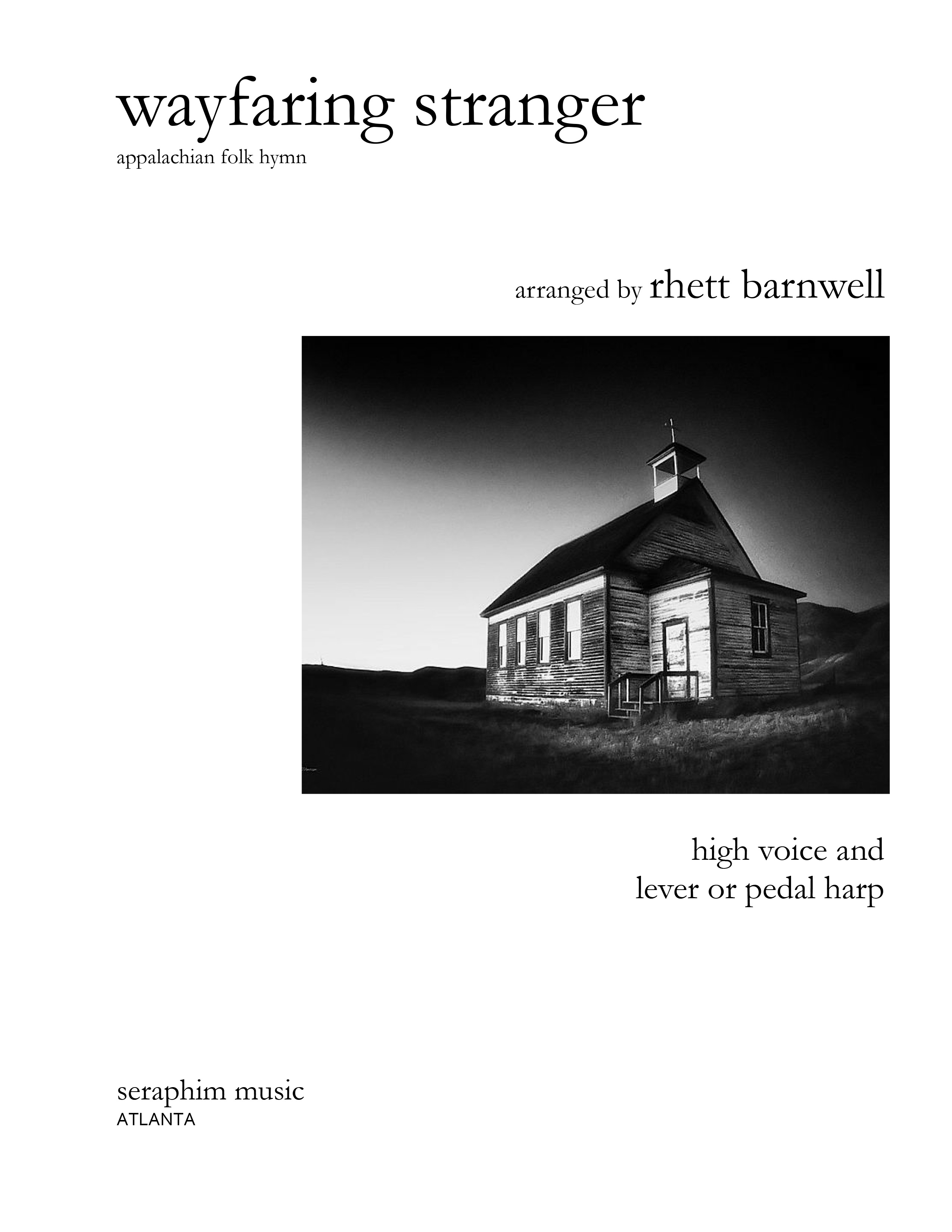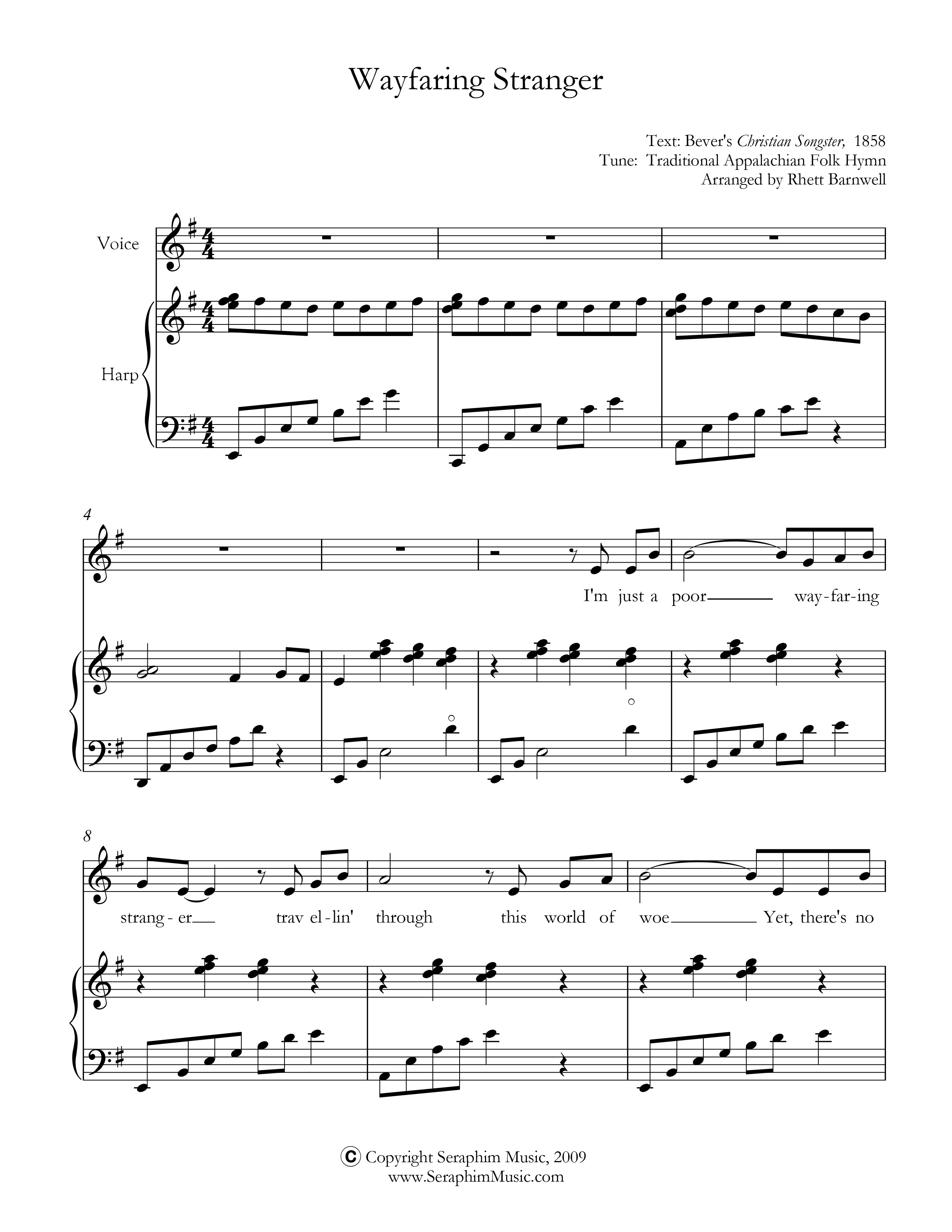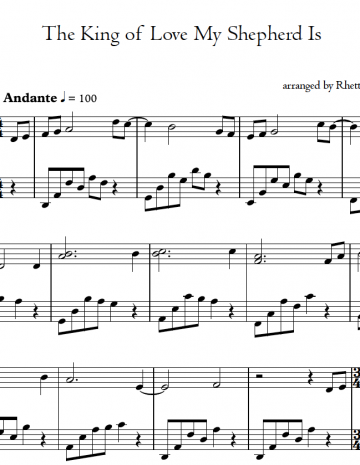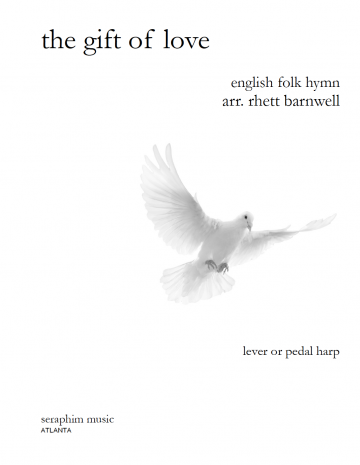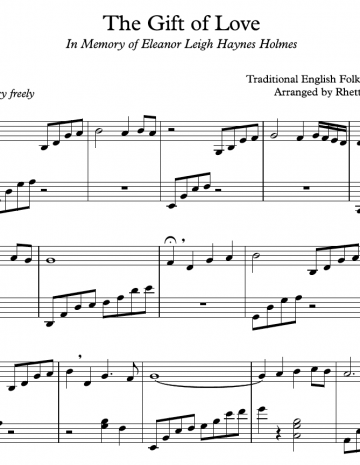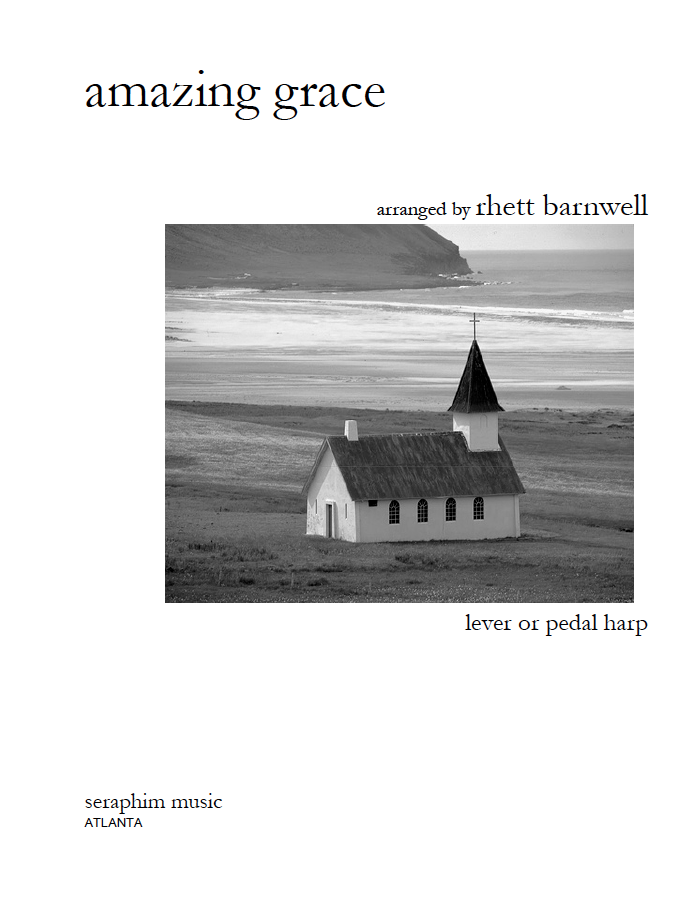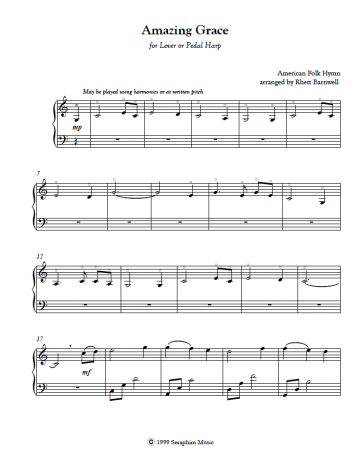-
×
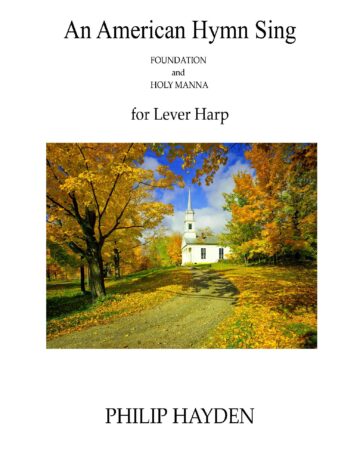 An American Hymn Sing
1 × $6.00
An American Hymn Sing
1 × $6.00
Artist Profile
25 Years of Seraphim Music
Seraphim Music recently turned 25. We talked to founder Rhett Barnwell about the past, present, and future of the company.
If you’re a fan of Rhett Barnwell’s arrangements (and who isn’t?) then you’ll be as pleased as we were to know that his company Seraphim Music recently celebrated its 25th anniversary. Seraphim publishes not only Rhett’s music, but also other artists he has championed such as the late Brook Boddie. We asked Rhett to tell us a little more about how Seraphim came to be.
Shop Rhett's musicWhat was your goal when you started Seraphim Music?
I actually didn’t have a goal as such—it sort of happened by accident! In the 1990s I had been playing therapeutic music in hospices, nursing homes, and hospitals, and there wasn’t much music available in print at the time for those situations. I was also a “re-beginner” on the harp after several years of not playing, so I had to tailor my own arrangements to my abilities, and for a smaller, portable harp. In 1999, I was invited to attend the Liturgical Harp Conference in Charleston, S.C., hosted by Lynn and Martha Bailey, and they asked if I could bring some of my compositions and arrangements to have available for other participants. I somehow managed to learn Sibelius and quickly got several pieces in print. To my amazement, people actually bought my music, and that gave me the vision of having a publishing company specializing in this genre.
Why did you decide to specialize in arrangements for lever harp?
There are several reasons. First, at the time I only had a lever harp myself, although I had been trained on pedal harp. And second, since my emphasis was on healing music, the lever harp is much easier to move around in therapeutic settings, and that’s primarily what people were using. It then became a challenge for me to not only find a lever harp that would sound somewhat like a pedal harp, and not a Celtic harp so much, but also to try and arrange classical music for lever harp. There seems to be a pretty large number of amateur and semi-professional players who play primarily on lever harp, and I wanted all harpists, whether they play lever or pedal, to have access to my arrangements.
Why do you think harpists like your music so much?
I hear from a lot of people that my arrangements “lie well in the fingers.” I try to use natural progressions and logical fingerings while at the same time using “outside the box” harmonizations, giving an unexpected twist to familiar music. I use a lot of patterns that aren’t terribly complicated but take advantage of the resonant qualities of the harp. The harp does some things really well that other instruments can’t do, such as arpeggios and rolled chords. So, I try to take advantage of this and make the pieces sound “harpistic.”
What are some of your most popular publications?
I would say my most popular piece has been “Angel’s Hymn”, a very simple piece originally written as an etude. “A Serenade For the Soul,” “Basically Bach,” and “A Christmas Serenade” have also been big sellers. I have also published the music of the late Brook Boddie, and his works are extremely popular, often more so than mine! Of his, “Upon the Willows” has been universally acclaimed, and a piece that I play myself frequently.
Which publications are your personal favorites? (And why!)
That’s like asking which ones are your favorite children! I am particularly fond of Baroque music, and I particularly love the “Prelude from the 1st Cello Suite” in Basically Bach as well as the “Toccata in D Minor.” They are also some of the hardest pieces I’ve arranged! I was recently introduced by my colleague (and fabulous harpist) Julie Koenig to “Priere” by Marc Delmas. It’s a short French Romantic piece originally for pedal harp, but I had a hunch it could be arranged for lever harp. I recently published it for lever or pedal harp, in two versions, and it is on my list of favorites. I also love the “Aria in Classic Style” of Grandjany, but in order to make it playable by a solo lever harpist, I arranged just the first section and the cadenza, without organ, again inspired by Julie Koenig. “Be Still My Soul” was one of my first arrangements, and I still use it to open almost every concert I play.
Where does the name Seraphim Music come from?
People often ask me why it is called “Seraphim Music.” When I was trying to decide on a name, I wanted something that sounded heavenly or angelic, as all of my music is either sacred or healing, or meditative or classical, or a combination of all of these. Also, people tend to associate the harp with angels and heaven, so it seemed a good idea. I thought “Cherubim” was overused and after doing a bit of digging, I learned that according to tradition as well as Biblical references, “Seraphim” are considered the highest order of angels. They are also associated with worship and healing. There is a particularly evocative passage in the Old Testament—Isaiah 6:1-11—which describes this succinctly.
Is there anything we can look forward to from you in the near future?
I have a gazillion projects in the works, if only I had the time to complete them! I’m about to finish up a set of warmups, which are actually miniature pieces involving different left- and right-hand patterns. I’m also working on a collection of music for harp and various instruments, such as French horn, clarinet, etc. In 2019 I visited Jerusalem and wrote several Psalm settings which I have yet to publish, but hopefully that will happen this year. I’m also working on a commission, and sometimes I’ll get an idea in the middle of the night for a tune or arrangement, and I have to get up and write it down. That’s exactly what happened with my last piece, “Fantasia on Veni Emmanuel.”



